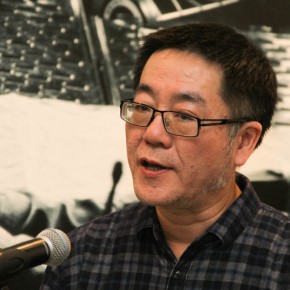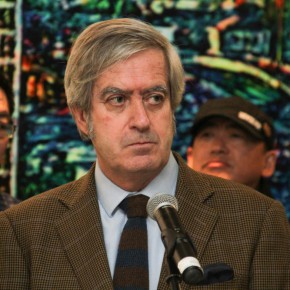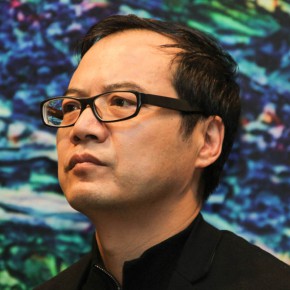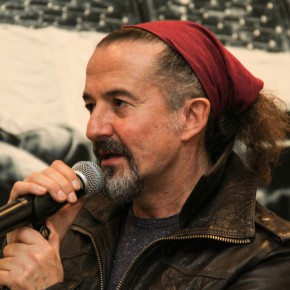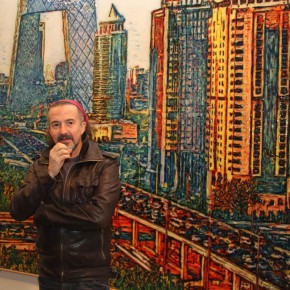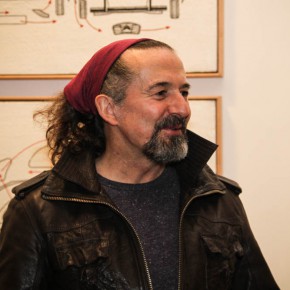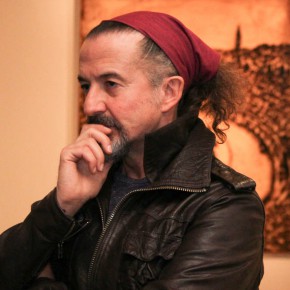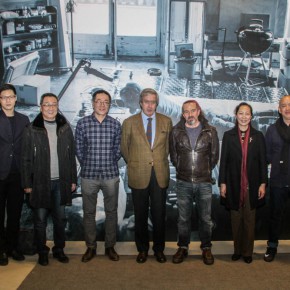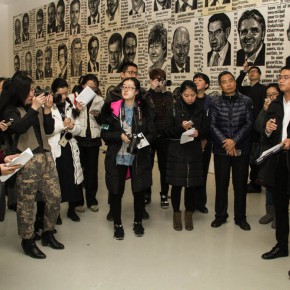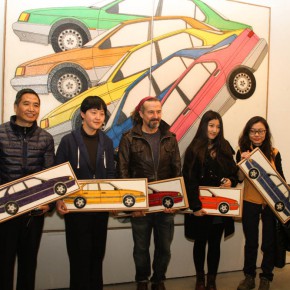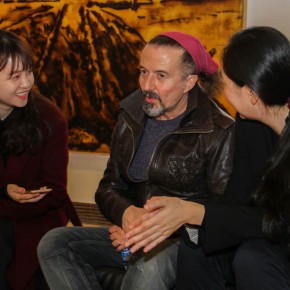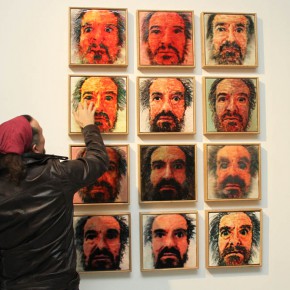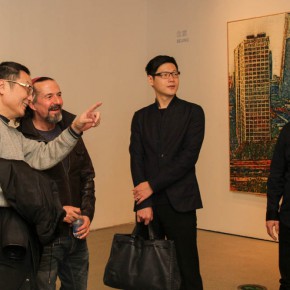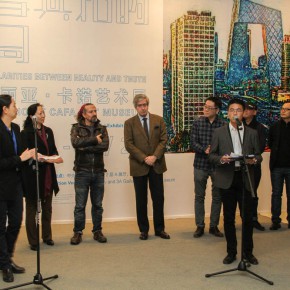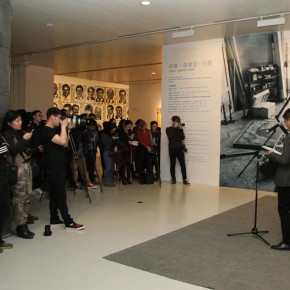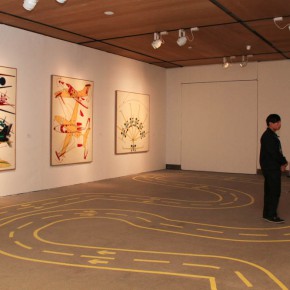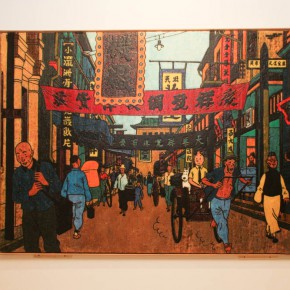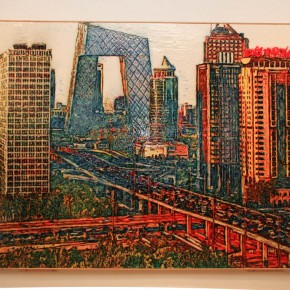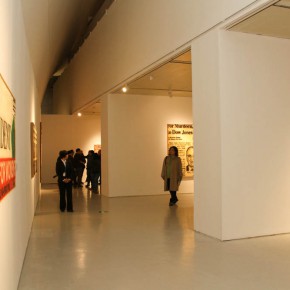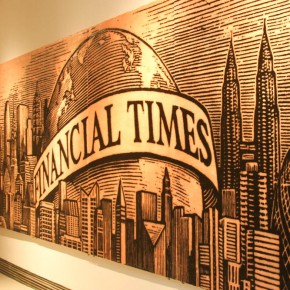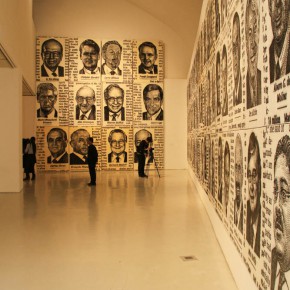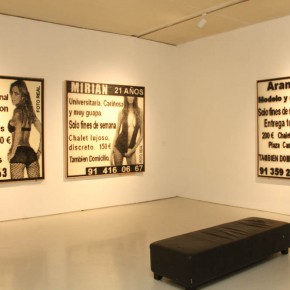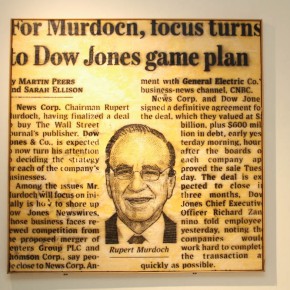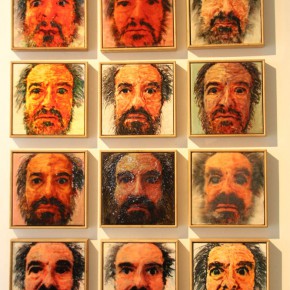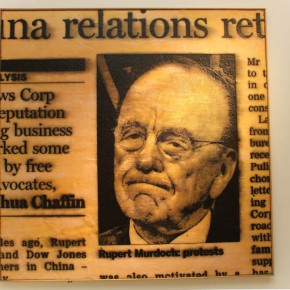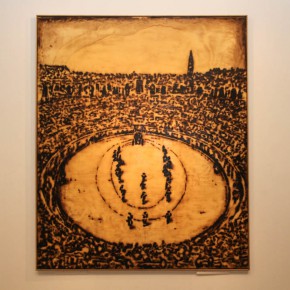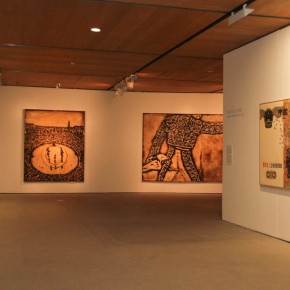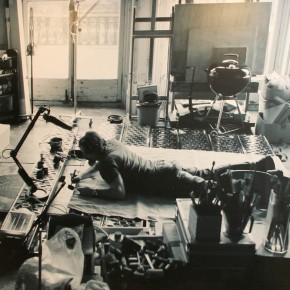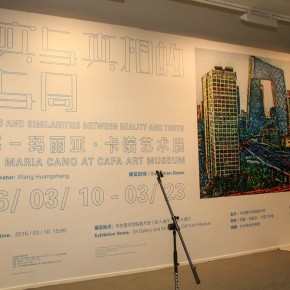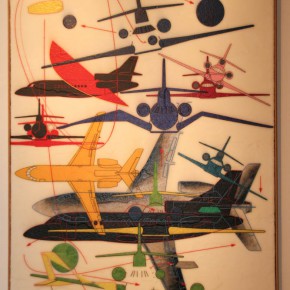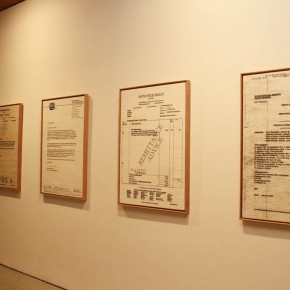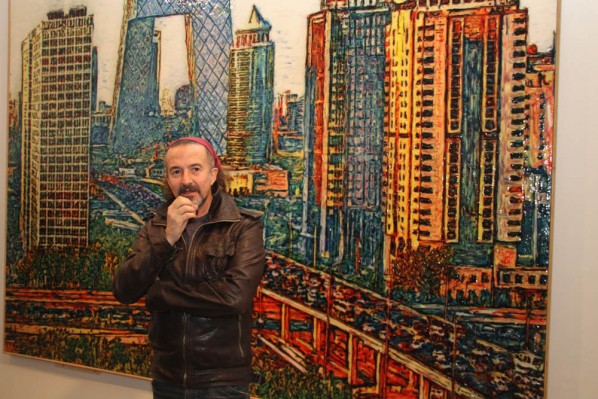
On March 10, 2016, CAFA Art Museum presented “Differences and Similarities between Reality and Truth: José-María Cano at CAFA Art Museum” which is the first solo exhibition by the Spanish artist since the new hall of CAFA Art Museum was built, the exhibition is hosted by CAFA Art Museum, co-organized by José-María Cano Studio with Director of CAFA Art Museum Wang Huangsheng serving as the curator. The exhibition features more than 200 pieces of 77 groups in the 11 series created by José-María Cano from 2003 to 2015.
José-María Cano graduated from the academy of fine arts, rather than being engaged in visual artistic creation, he accidentally scored big points in the music industry: together with his brother and his friends, Cano formed a band called Mecano, which was hot in Spain in the 1980s and 1990s, they continued to break record sales with the Spanish pop music albums . He created songs, such as Hijo De La Luna, which were widely circulated and constantly repraised, he also wrote operas such as Luna. He was in cooperation with singers such as Plácido Domingo and various orchestras, and he was invited to create the team song for the Madrid soccer football team… The Spanish Ambassador to China Valencia attended the opening ceremony and said that “We are all listening to their songs when we were children.”
Cano began to really throw himself into the creation of visual art after 2002, he mainly applied the traditional skill of encaustic – he learned it from a teacher who taught formal analysis when he studied architecture in the university. The history of encaustic can be traced back to ancient Greek art in the 5th century BC, adding pigments in the melted wax liquid, sometimes mixing a certain proportion of Dammer gum and other materials, then painted on board and canvas and heated to fix it. It is necessary for the artist to control the temperature in the creation of encaustic, it is easy for colors to be mutually infiltrating, and it often needs repeated processing with wax before finishing it. The curator Wang Huangsheng commented that, “Cano uses ‘wax’ as the medium material to create translucent images of spatial depth with a concave and convex shaped texture, with special medium and technical difficulties, to create his own unique artistic language and style.” During the opening ceremony, Cano talked about the difficulties when he started his painting creation, he said that no one is concerned him at the beginning, so that “I chose the skill that is more complex and difficult to draw during the creation period, this technique was not tried by many people at that time, but it was the only way to help me become known by people as quickly as possible, which was the power driving me to create in the beginning.”
Cano who has been “established” in music circles so he is now rich. He does not care about the commercial value and market promotion of his work, but he is keen to survey the relationship behind money. The biggest work series in the exhibition is the “Wall Street 100”, composed of a total of 87 pieces. It is directly adapted from the Wall Street Journal. He used the form of encaustic, enlarging the financial figures together with the surrounding texts in the newspaper, and accurately remaking them. Through the three-dimensional texture of encaustic, Cano tries to shape these portraits which are commonly seen in the mass media as genuine monuments, and through the euphemistic irony to express his point of view on these financial figures: In the western financial fairy tale world before the advent of the global recession, these financial magnates of Wall Street who grasped the world’s economic lifeline, had been considered as the gods of Olympus, they had been elected to be seen as outstanding citizens searching for a better world; in the divorce papers series entitled “It is Just a Business”, Cano selected the files from hundreds of divorce lawyer letters for the divorce case of Cano and his ex-wife, through the use of the time-consuming and taxing way of encaustic, to enlarge and replicate them with patience. By repeatedly drawing, the artist expresses his sadness and helplessness with the emotional structures such as marriage, where the economic purpose is the core value orientation in today’s society, which finally has nothing to do with love, only financial disputes .
On the issue of “reality and truth”, Cano admired the words of the Uruguay painter Torres Garcia: “Reality has three dimensions, while the truth only has two dimensions”. Cano believes that when some things happen in the real world, they happen on three dimensions. In order to illustrate it, we have to create a two-dimensional version, which is often finished by magazine journalists, cameramen, photographers, writers or artists. When three dimensions are transformed into two dimensions, the lost third dimension does not really disappear, but it is replaced by the view point of the reporter. The things that happen in the three-dimensional world have never had a total objective two-dimensional expression. But we are more willing to hear a version that we objectively believe that it is more subjective. As a result, “the truth can be real only when someone interprets it”.
For the exhibition in Beijing, Cano specifically created the “Beijing” series and “Ren Min Bi” series which are related to China. The artist said that it was the 4th time he had presented an exhibition in China, and he was full of gratitude to China. During the opening ceremony, the Dean of the Academic Affairs Office of CAFA Wang Xiaolin also said that, CAFA Art Museum has opened to the world with an open and tolerant attitude, keeping close academic exchanges with foreigners from all walks of life. “We hope through this exhibition to have more communications and discussions with academia friends, and we also hope to take this opportunity to express that CAFA would like to play more roles in terms of cultural communications between China and Spain.”
In addition to the display of graphic works, Cano also sets the part of audience interaction entitled “Five Minutes of Possession”. The audience is allowed to take the “Cars” series of work by the artist in the hall, briefly processing these works of art which usually “can be only appreciated from a distance but not touched blasphemously”, in order to investigate the possessive desire for material, as well as the law that “when we are in possession of things, at the same time we are also occupied by things”.
It is worth mentioning that the curator Wang Huangsheng once proposed to set a space to play Mecano band’s music videos in the exhibition hall, which was declined by the artist. Wang Huangsheng said that, “Cano is a very modest man that he is not willing to talk about his achievements in music.”
This exhibition continues to March 23.
Text by Lin Jiabin, Photo by Hu Sichen/CAFA ART INFO
Translated by Chen Peihua and edited by Sue/CAFA ART INFO


